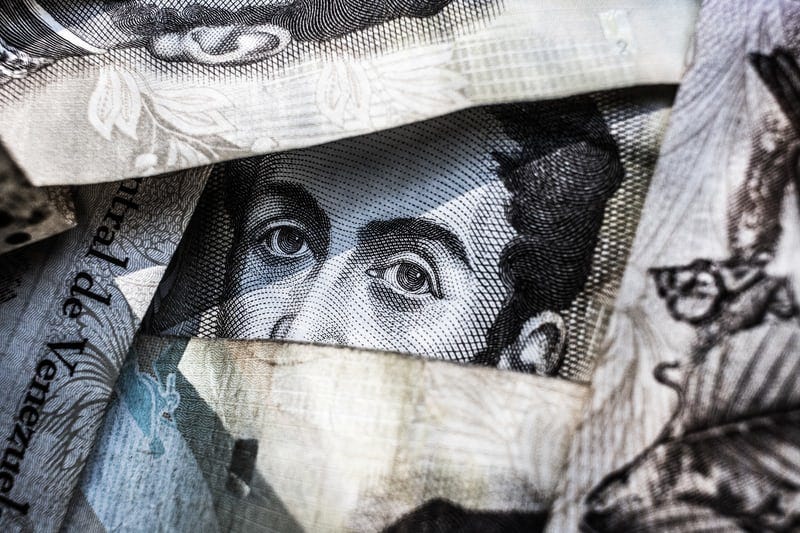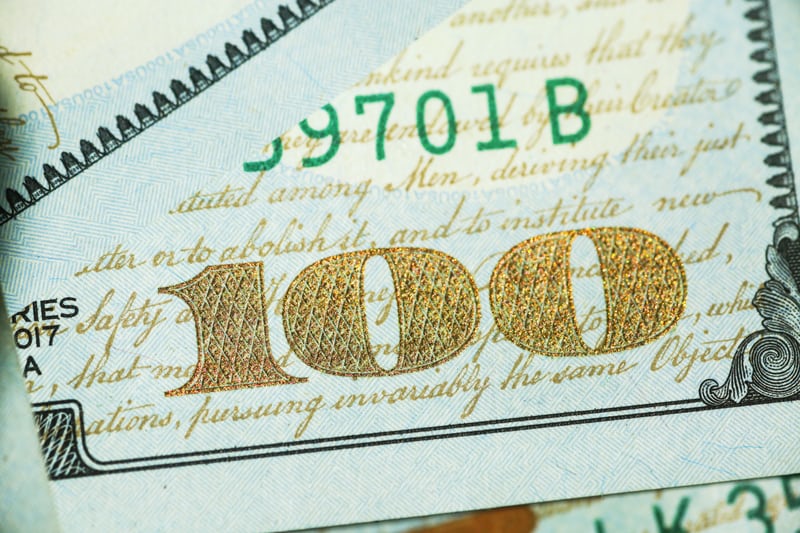In this gig economy, there are countless ways to make money yet most of them pay nothing and are hard to continue for long.
Driving an Uber or delivering groceries for GrubHub is usually not sustainable and wastes a lot of upfront time and cost. From gas to parking, it can be a troublesome and not realistic if you are looking to make a realistic amount of money to invest and save for retirement.
The ideal situation is if we could all work for ourselves and make our desired pay for what we believe we are worth. We all know we should be compensated more but don’t know how to and foolishly don’t bother to try due to a lack of patience with our instant gratification and short attention spans these days.
Good news is that taking on several meaningful 1 or 2 side hustles can get you there faster, focusing on what you need vs. want and living in low cost state to maximize your income will be the best propellant. Most people forget that the more one makes, the more they have to pay in taxes which leads them to waste more and spend more as a result so figuring out the best place to live and where to earn is key.
Here are my passive income streams that I’ve adopted a few years ago before starting college. Now I barely do any work for them only see the returns cash into my account to either reinvest into the market or deposit into my Roth IRA. I occasionally monitor them if I choose to diversify or alter them in any way but once you have these established, you’ll regret you didn’t learn about them sooner:

#1 Dividends
When you buy a share of a company (stock) what you’re really bing into is a piece of ownership in that company. You are now a shareholder and profit off of their hard work. Owning stock in a company entitles you a portion of their profits and many companies pay you a small piece of what they make in the form of a dividend.
Not all companies offer dividends but those that do are usually reputable, defensive and blue-chip stocks. Yet dividends aren’t free money it means the company doesn’t know what to do with its ‘excess’ cash flows and retained earnings so it gives it out to shareholders as a ‘thank you.’
You can learn more about dividend misconceptions here.
But beware; this all takes time. Dividends are only a small percentage, a few dollars per month in returns so relying on them to keep you afloat is dangerous. Companies such as Tesla or Amazon don’t have dividends because they believe it would be more strategic to reinvest the money into building a better business.

#2 REITS or Crowdfunding
REITS stand for Real Estate Investment Trusts which is just a fancy way of saying you’re buying a stock in a company that owns real estate and in exchange for being a shareholder, they’ll pay you a portion of their rental income as a dividend.
These real estate companies can specialize in just about any type of real estate from medical buildings to apartment complexes, shopping centers, nursing homes, residential apartment buildings, etc. and you can take part in all of these places without physically owning it.
As opposed to rental income from a tangible property you own and operate which we will touch on below, crowdsourcing (real estate institutions such as Fundrise or Crowdstreet or foreign companies) and REITS (via the stock market) allows you to simply earn returns from real estate across the county that you never have to visit or deal with the renters in. It provides your portfolio exposure to diverse real estate without the hassle!

#3 Rental Income
In order to purchase a property you have to have a decent credit score. Credit scores range from 300–850 and the higher the score, the more reputable you are in terms of paying your bills on time and paying off your loans.
You need to be in the 700 credit range along with showing proof of a steady source of income to be eligible to purchase a property. This will allow you to put down an appropriate down payment (preferably 20%) and then instead of living there, rent it out to a buddy or get a broker to find you a tenant.
The sky’s the limit with rental properties. Depending on the location which is the main factor, your property could sell out in minutes and always be in demand, or it could be tricky to find someone. Dependent on your price target and demand for the location ,you could have an easy or tricky time finding a reliable tenant. Since tenants pay by the month, an hourly rate isn’t calculated but per month you could be making anywhere from $800-$30k. Currently with my tenant in NYC, I earn a couple thousand per month not including utilities and maintenance. You can read about that here.
If you don’t have enough cash to dish out on a fixer upper or rental at the moment you can also rent out an unused bedroom in your house if you don’t mind having a roommate.

#4 Bitcoin/Blockfi
Owning or holding on to cryptocurrency in itself isn’t passive income since it always fluctuates, is extremely volatile and can’t use it to buy most products (yet) but there are more and more websites out there that allow you to place your Bitcoin holdings on their site and in turn they pay you back with interest. Also, if you want to dish out an NFT, you buy it via Bitcoin and it grows as a digital investment.
BlackFi is a company that’ll pay you up to 6% for putting your currency up on their platform or you can just buy and sell any cryptocurrency on CoinBase which had it’s IPO on April 14th.

#5 The 4% rule with Index Funds
An index fund is a basket of stocks that you can buy into for one low price. This gives you the best opportunity for diversification and access to a whole index. It is low price, low maintenance, no stock picking or day trading involved and you don’t even have to know what’s inside your index fund since it monitors hundreds to thousands of stocks!
Just buy into something like a total stock market index fund like FZROX or VTSAX in Vanguard, Fidelity or Charles Swab, a reputable institutional brokerage or as a student, Atticus Capital.
From there we have the concept known as the 4% rule which suggests that you can spend 4% of your portfolio for the rest of your life without running out of money. Not a move I completely recommend since you need to adjust your portfolio depending on the situation in the markets and with the rising cost of living due to inflation and economy, you never know how much you’ll need to live off of in a few years.
So if I have $100k invested in VTSAX that’s $4k per year in passive income as an example.

#6 Reducing your spending by $400-$9k Per Month
According to Consumer Expenditure Survey and the recent retail consumption sales, the average household budget spends over $60k per year in expenses and of that, it was found that $18k per year was spent on NON ESSENTIAL ITEMS which can include: clothing, gaming, subscriptions, gyms (up for debate), eating out, toys, makeup, etc.
That means if you can go through your spending and cut back on NON ESSENTIAL ITEMS you will very able to save up to around $9k per month from the household budget just by focusing on what you need.
Don’t be fooled by the paycheck. Just because you are making more doesn’t mean you are keeping more.
It’s not how much you make/earn, rather how much you keep. Taxes, lifestyle inflation and costs of living all add up into it.
Less = More. Focus on the minimalist frugal lifestyle like I do. You’re not only going to be happier and more grateful, you won’t feel the urge to impress others or buy into the hottest trends.
Passive income seems glorious but also intimidating. This is certainly not an exhaustive list and you could consider practically anything that makes you money while you are sleeping and enjoying life passive income if you really wanted to as long as you aren’t giving up every second of your time to manual labor.
Focus on what will provide you the best ROI and that starts with digging into the market, getting into real estate, cutting back on spending which is 100% in your control and understanding what diversification means in your portfolio.
There are no excuses. The stock market is available to all it’s just a matter if you are willing to dive into it while learning along the way.

